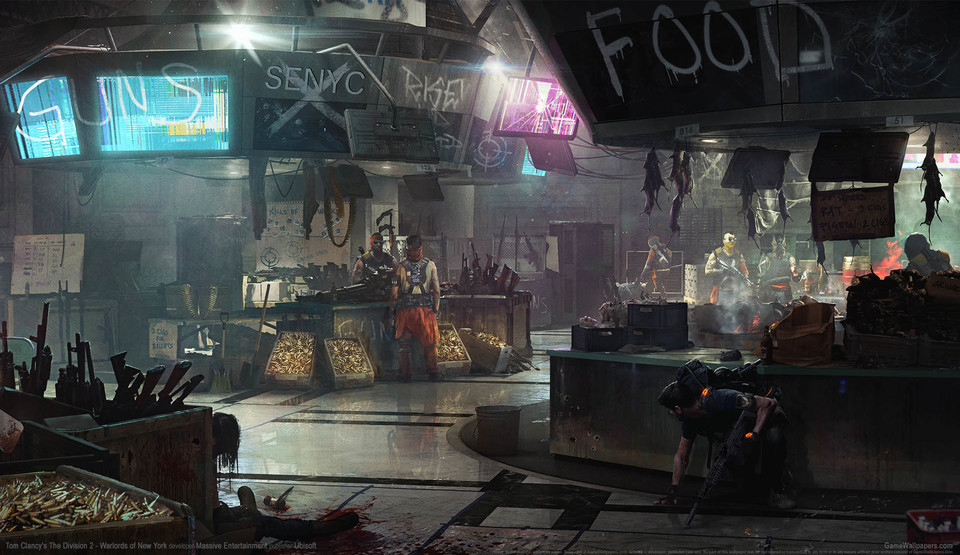The History of League of Legends.
To understand the origin of League, you must first understand that which came before it.
DOTA, or Defense of The Ancients, was a player-created mod for World of Warcraft 3, the Frozen Throne. It is the most important mod ever created, and it spawned one half of a market that is currently worth 25 billion dollars…yes billion, with a B.
Its creation resulted in its own subgenre of MMOs known as multiplayer online battle arena. MOBA for short. This subgenre is home to League of Legends.
The developer of DOTA, IceFrog, was then recruited by Valve as lead designer for DOTA 2. To date, it is the largest Esports title of all time, and League of Legends was released alongside DOTA 2 in 2009.
It was well received and rapidly began growing its fanbase. By 2012 it was the most played PC game in North America and Europe. By 2018, 90 million people were playing the game monthly.
How Did It Start?
League of Legends was created by a Riot development team, and a small team of interns and artists led be Jeff Jew.
“The game really sucked for a long time” according to Jew, “nobody wanted to play it”.
However as the development cycle progressed, the game grew into something playable. Eventually becoming a game that the team themselves wanted to play. The team was tasked with initially creating 20 champions, according to Jew, and when the freemium, skin-based model was presented to him, that number grew to 40.
The more characters to play, the more skins to buy. The more skins to buy the more money Riot makes. It makes sense, but for such a small art team, it was a daunting task.
Jew ended up bringing more interns onto his team to reach his deadline, ending up with 12 in total. They succeeded in their goal and the game shipped with 40 champions and their extra skins.
How It Grew.
The free to play (freemium) model that League of Legends adapted was a genius choice. Giving the game away allowed them to reach a larger audience. This accelerated growth and was critical to their success. Shortly after the release of the game, S2 games and Frostburn studios developed and released their own MOBA, titled Heroes of Newerth.
The larger, more experienced team should have developed a game that buried League, but they didn’t. Why? They charged right out of the box. After the pricing model was announced, they lost over half of their pre-access players to League of Legends, marking the game as dead on arrival. This set the stage for the future of the MOBAs. It nailed down the freemium model as a staple of the genre and Riot as industry leaders.
Esports
Esports has been critical to League of Legend's success. The first season championships took place at Dreamhack 2011 in Sweden and pulled in an impressive 1.6 million viewers. That number has grown exponentially since then, peaking at 44 million unique viewers in 2018.
They have given out over 30 million dollars in prize money since the first event, and the prize pools continue to grow annually. Riot games continue to grow, and League of Legends along with it. Despite fan outcry, the game sees growth every year. With the thriving popularity of Esports, it’s only natural that League of Legends continues to see success.
